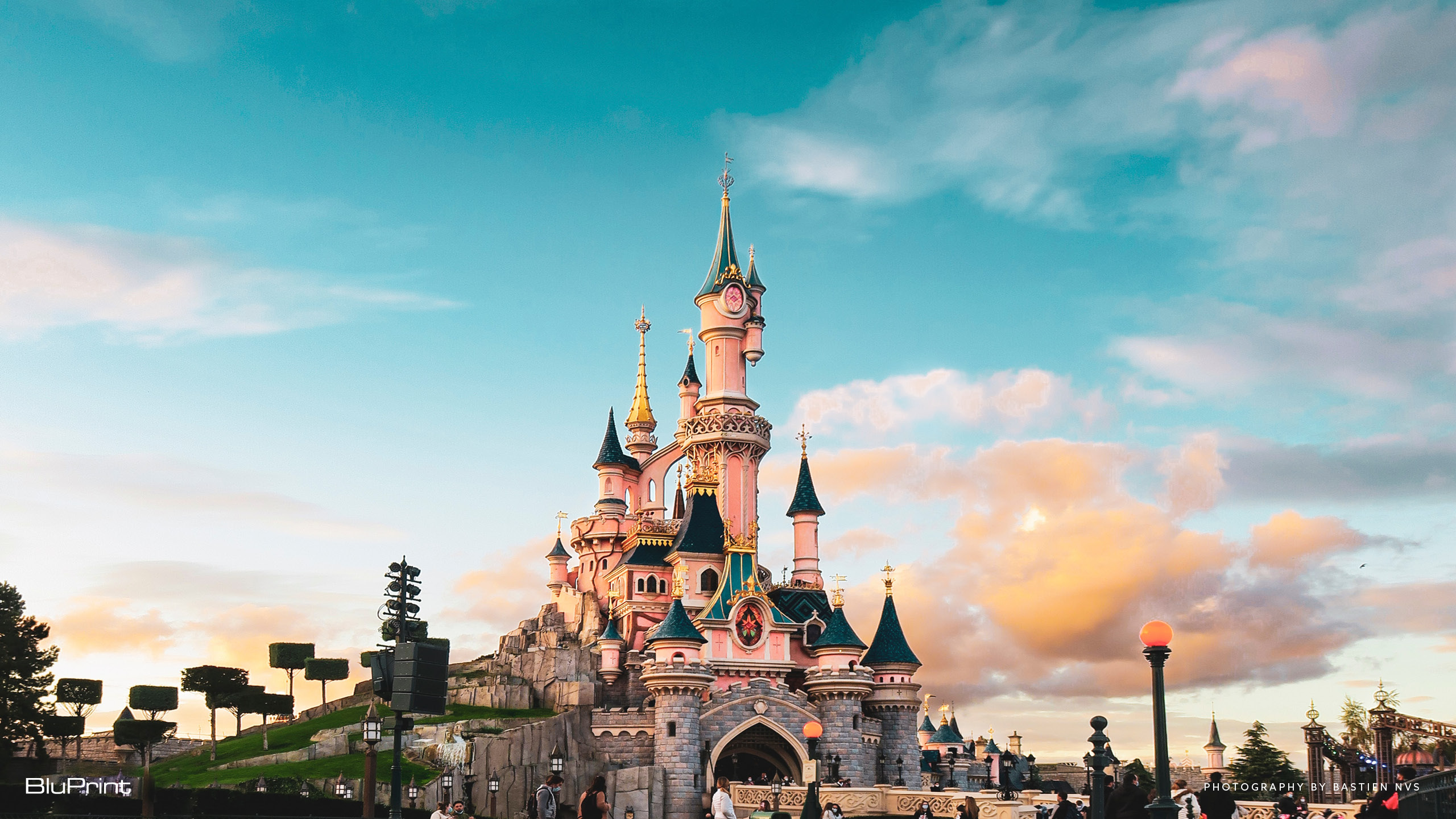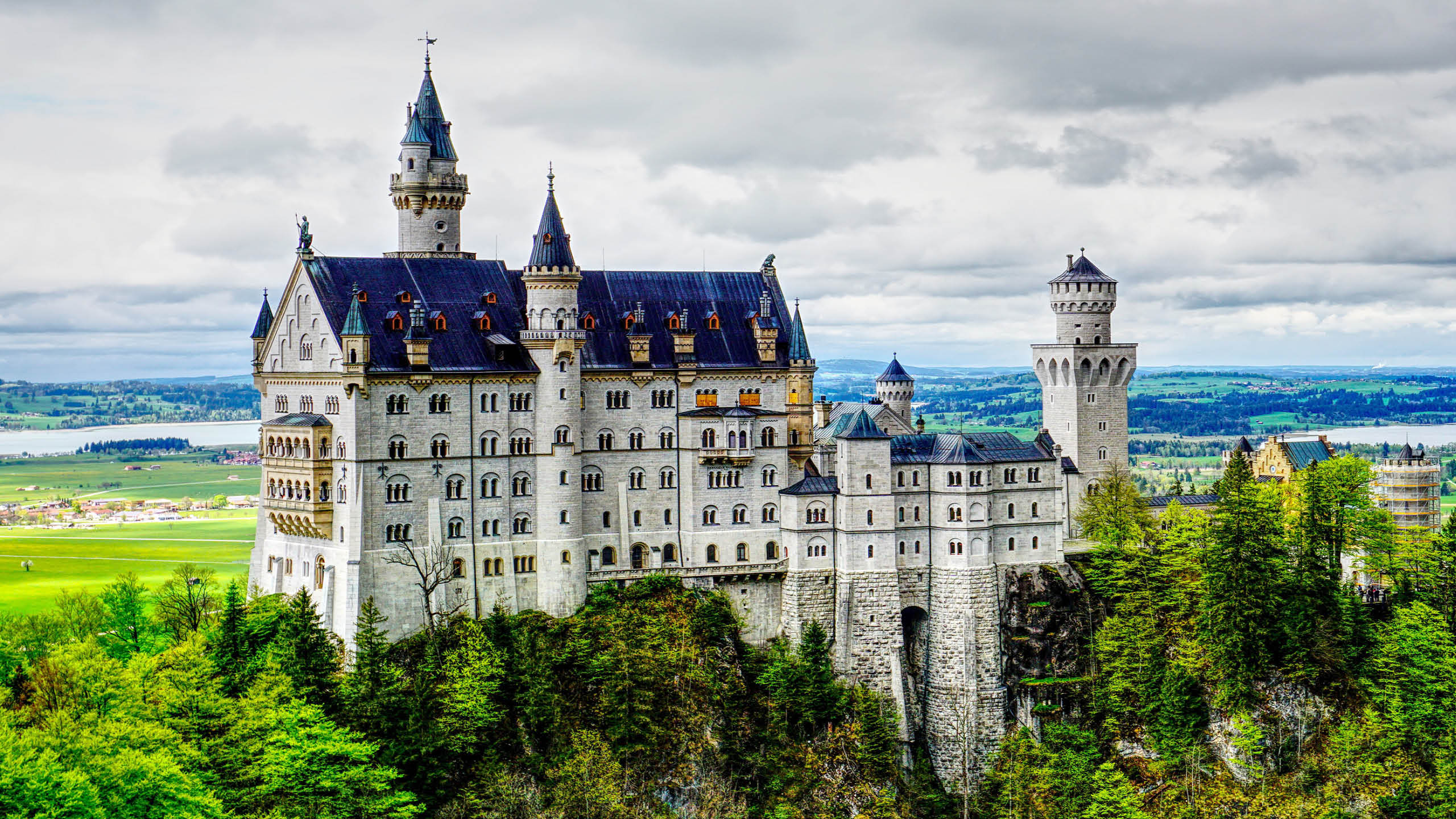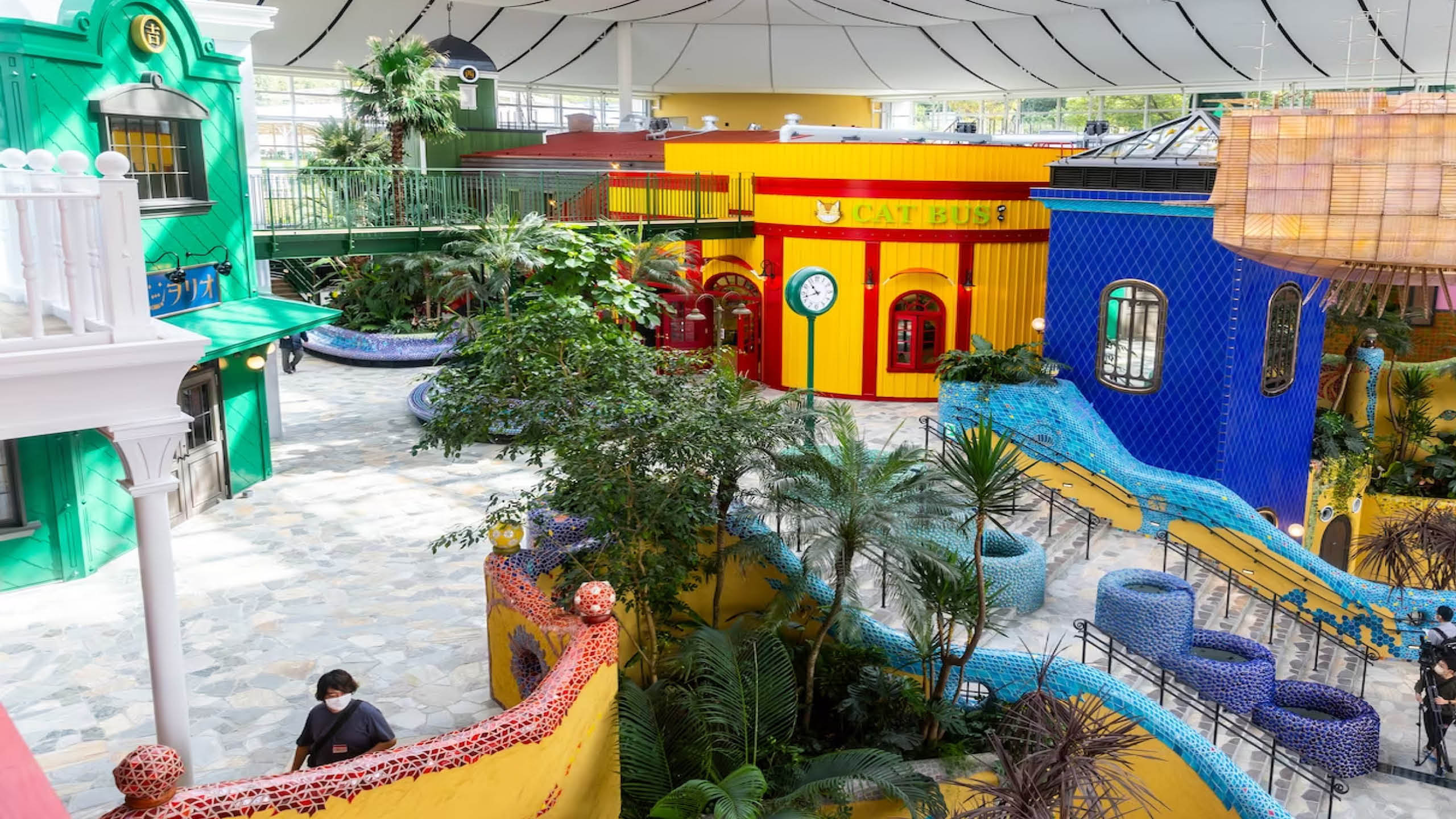
Theme Park Architecture: The Architecture of Magicians
Walking into a theme park is the closest thing a person can get to literally stepping into an entirely different world. In real life, theme parks and their architects are equivalent to the starry-eyed magician, and their spells come to life. With their work, people who want to be whisked away from the exhausting realities of life are able to run off into a bubble with their friends and family.
The History of theme parks
While amusement parks are simply based on themes or stories that drive their idea, theme parks get more specific and in-depth with design principles and immerse the visitor into a unifying theme by basing every attraction (e.g. the rides, cafes, buildings, etc.) around this well-defined theme. These parks where children (and the young at heart) spend days and sometimes, even more, to venture through a world of fiction are relatively new repetitions of the older amusement parks which started way back in Europe before the Renaissance period as simple themed festivals that were usually centered around religious holidays or celebration during the harvest season. Centuries later, theme parks became more popular, with the most famous one blooming in America specifically on July 17, 1955–the opening day of Walt Disney’s spectacular Disneyland.
Related read: This community park is a drab parking lot turned interactive public space
In this iconic theme park, Walt Disney and his architects brought magic into architecture by basing some of the most iconic creations on real-world places. Sleeping Beauty’s infamous castle in Disneyland California, for example, was based on the Neuschwanstein Castle in Germany. Other theme parks meanwhile base the entire park on entirely made-up worlds.

One of the most recent eye-catching theme parks is the Ghibli Park in Nagakute, Japan. A 17-acre park located in the lushly wooded hills of Moricoro Park, Ghibli Park is based on the co-founder of Ghibli Studio, Hayao Miyazaki’s fantastical movies like Princess Mononoke, Howl’s Moving Castle, and Spirited Away among many other of his famous animations. The idea for the Ghibli theme park came about in 2017 when Miyazaki announced his retirement (before quickly going back to work right after).


Ghibli Park is believed to be Japan’s first ‘hybrid park’ and was already built around an existing public space in order to minimize the park’s harmful effects on the environment. Being a park that’s mindful of sustainability, Miyazaki insisted that no trees were to be cut down while the architects and designers sourced as many materials as they could locally. The park’s main attraction–Ghiblis Grand Warehouse for one, was actually once an indoor pool attached to an indoor skating rink. Now, the Warehouse serves as an indoor showcase that recreates the sets of 14 Ghibli classics. Unlike the usual parks, Ghibli Park also avoided building massive rollercoasters and favored nature trails that incorporated the movies and molded them with nature turning the place into a mix of a museum and a refreshing park.
Aside from the Warehouse, the Ghibli Park has five areas with one of them reportedly being the Valley of Witches where a smaller, four to five-story replica of Howl’s Moving Castle would be set.
Places like Disneyland, Universal Studios, or the Ghibli Park are places where every detail, small or big is considered in order to make the entire environment as convincing and breathtaking as possible, to transport visitors to another world. Though they are magical locations where the real world should be somehow shut out, it’s still everyone’s responsibility to create theme parks that consider sustainability to lessen harmful impacts on the surrounding areas.


